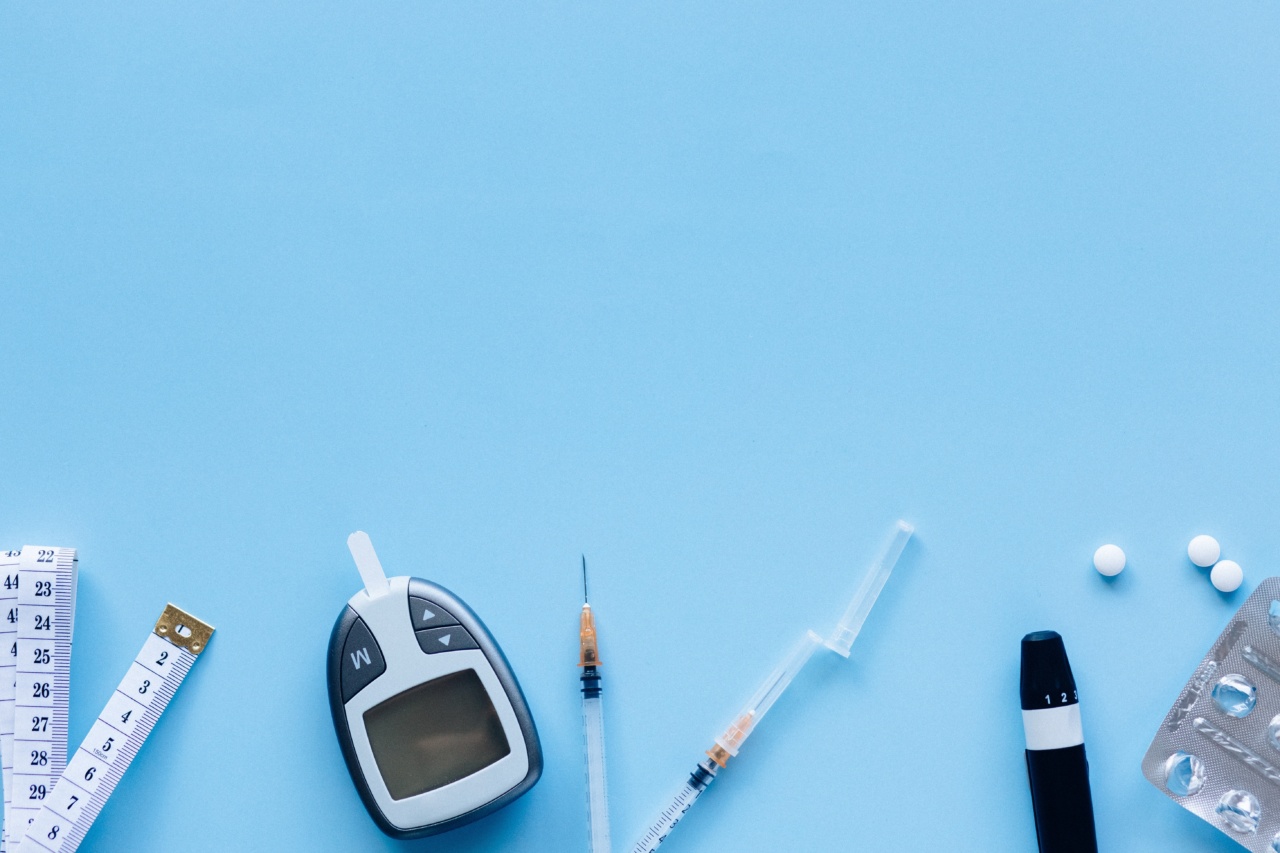Diabetes is a chronic disease that affects about 34 million people in the United States, according to the Centers for Disease Control and Prevention (CDC).
Managing diabetes can be challenging as it requires constant monitoring of blood glucose levels and insulin injections. Fortunately, advances in technology have led to the development of sensor-enabled insulin pumps, which are revolutionizing diabetes management.
What are Sensor-Enabled Insulin Pumps?
Sensor-enabled insulin pumps are devices that combine an insulin pump with a continuous glucose monitor (CGM). The CGM is a small device that is inserted under the skin and measures glucose levels in the interstitial fluid that surrounds the cells.
The device transmits this data to the insulin pump, which uses it to deliver insulin automatically.
How do Sensor-Enabled Insulin Pumps Work?
When a person eats, their body breaks down the carbohydrates in the food into glucose. The glucose enters the bloodstream, and the pancreas releases insulin to help the cells absorb the glucose.
In people with diabetes, the pancreas either doesn’t produce enough insulin or the body’s cells become resistant to insulin, resulting in high blood glucose levels.
A sensor-enabled insulin pump uses a CGM to measure glucose levels in the interstitial fluid. The CGM sends this data to the insulin pump, which uses an algorithm to calculate the appropriate insulin dose.
The pump delivers insulin through a small tube inserted under the skin, either continuously or in small doses throughout the day. The insulin pump can also be programmed to deliver additional insulin when the patient eats or to adjust the insulin dose based on physical activity levels.
Benefits of Sensor-Enabled Insulin Pumps
Sensor-enabled insulin pumps offer several benefits over traditional insulin injection therapy. These include:.
- Continuous glucose monitoring, which helps prevent hypoglycemia and hyperglycemia
- Exact insulin dosing based on real-time glucose readings, which reduces the risk of errors and overdose
- Lifestyle flexibility and improved quality of life as patients no longer have to adhere to a strict insulin injection schedule
Challenges of Sensor-Enabled Insulin Pumps
While sensor-enabled insulin pumps offer many benefits, there are also some challenges to their use. These include:.
- Cost: Sensor-enabled insulin pumps are more expensive than traditional insulin therapy, and some insurance plans may not cover the cost
- Limited availability: Not all patients may have access to sensor-enabled insulin pumps due to limited availability in certain areas or clinics
- User error: Patients must be trained on how to properly use and maintain the insulin pump, and there is a risk of user error that can lead to improper insulin dosing
Future of Sensor-Enabled Insulin Pumps
The future of sensor-enabled insulin pumps looks promising. Researchers are currently working on improving the accuracy of glucose sensors and developing closed-loop insulin delivery systems, also known as artificial pancreas systems.
These systems use a CGM to continuously measure glucose levels and automatically adjust insulin delivery, providing an even more precise and personalized approach to diabetes management.
As sensor-enabled insulin pumps continue to evolve and improve, they have the potential to significantly improve the lives of people with diabetes.
By providing continuous glucose monitoring and precise insulin dosing, these devices can help reduce the risk of complications and improve patient outcomes.
Conclusion
Sensor-enabled insulin pumps are a technological breakthrough in diabetes management. They provide continuous glucose monitoring and precise insulin dosing, which helps prevent hypoglycemia and hyperglycemia and improves patient outcomes.
However, there are also some challenges to their use, including cost and user error. Nevertheless, as researchers continue to develop and improve these devices, they have the potential to revolutionize diabetes management and improve the lives of millions of people with diabetes.






























